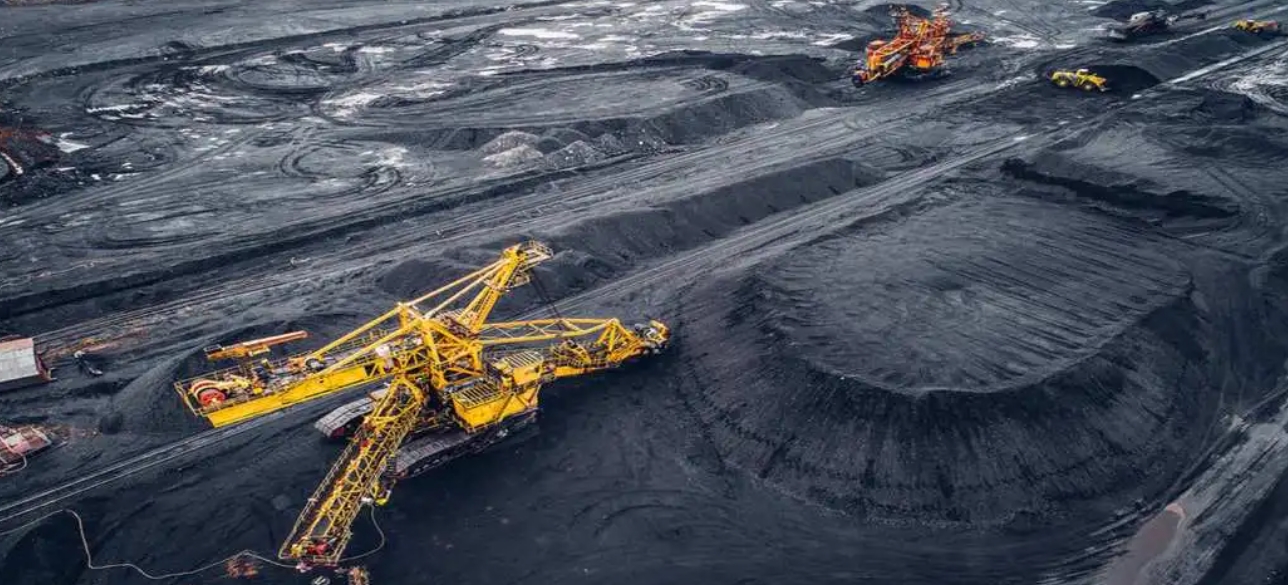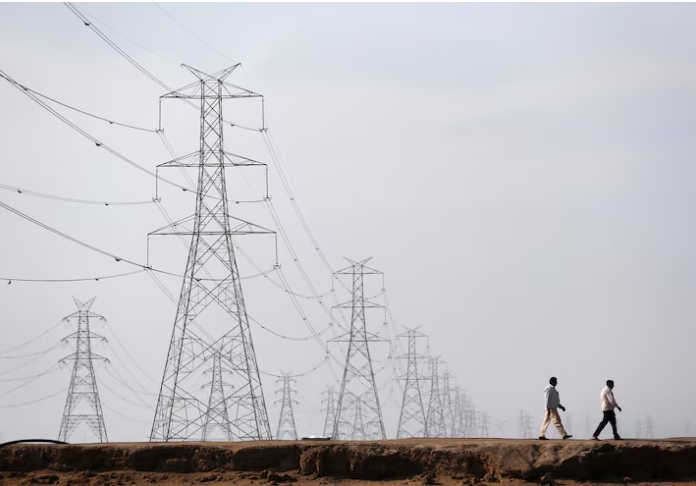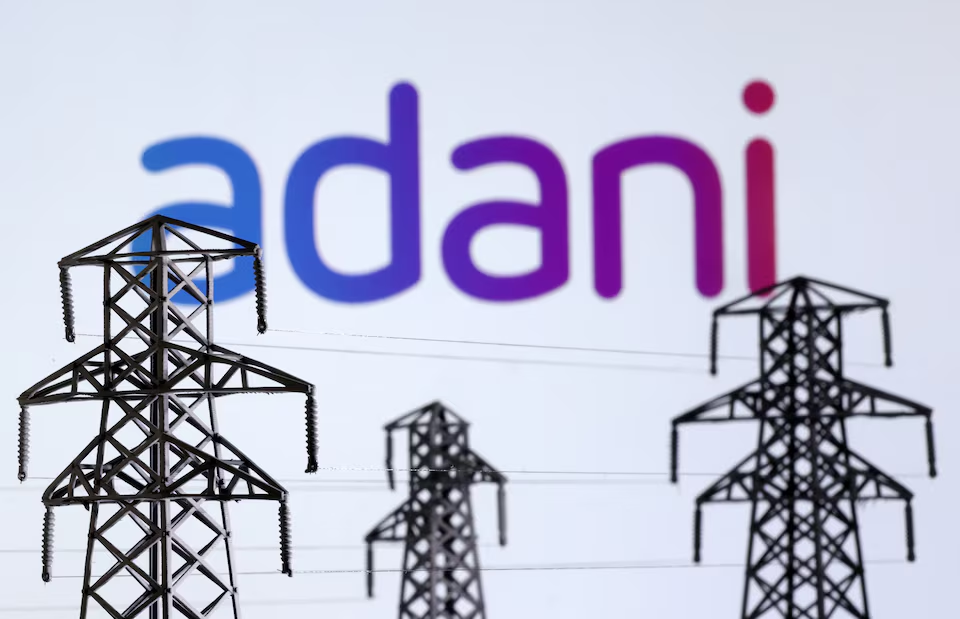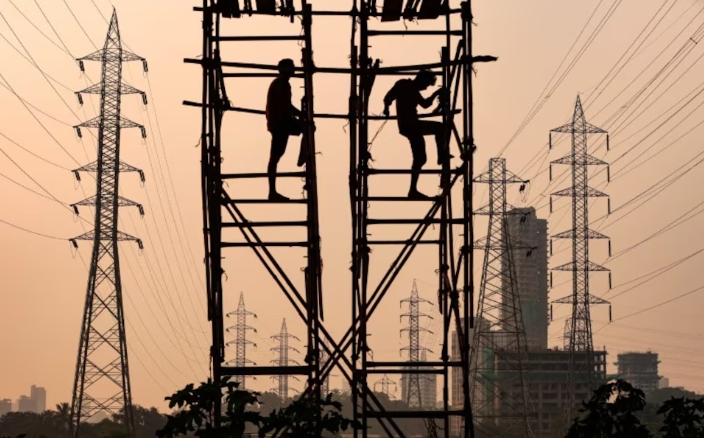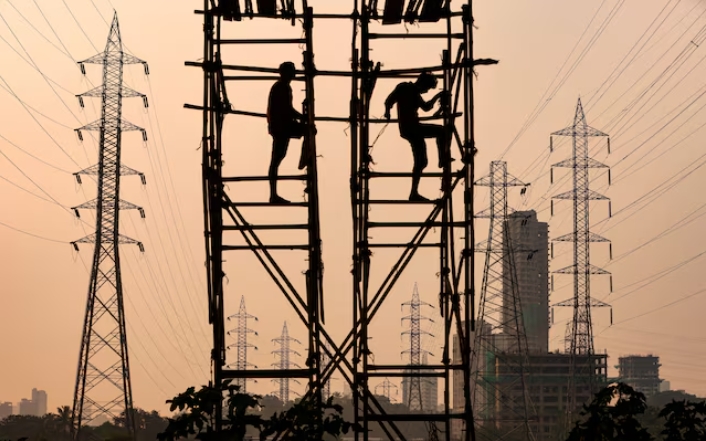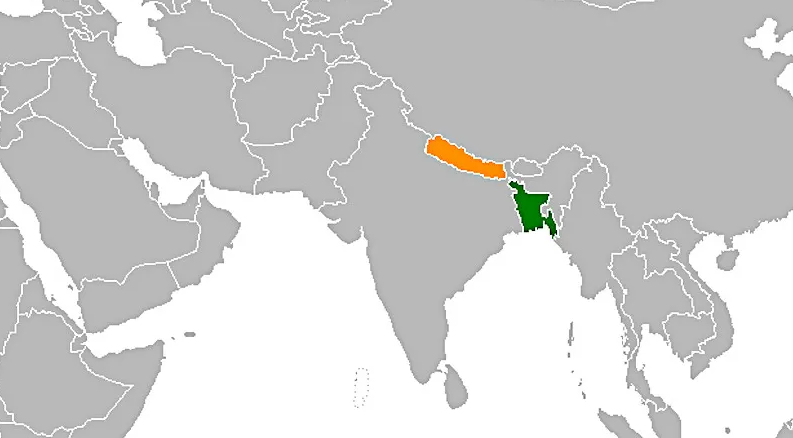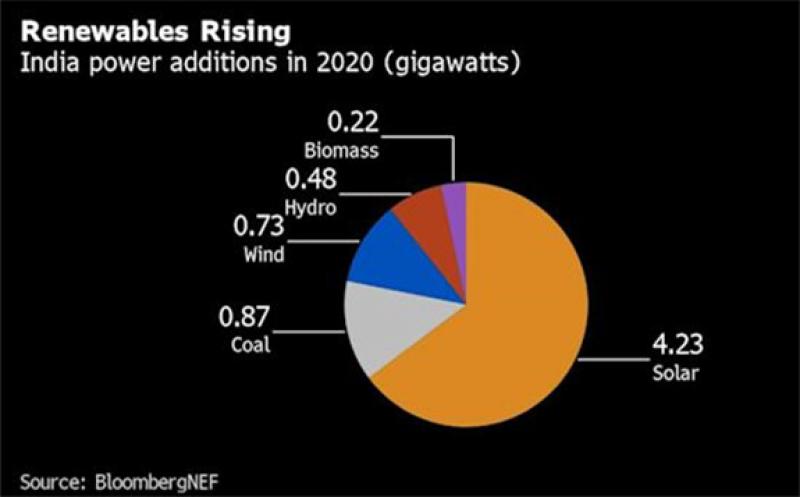Fewer supply disruptions and “relatively soft” global economic growth, together with an expected strengthening in the Australian dollar, will push down revenue, the Department of Industry, Science and Resources said in a quarterly report released Monday. However, the outlook for China has improved in recent months and concerns about a hard landing in the US have eased, it said.
Energy and resources exports will fall to $408 billion in the year through June 2024, down 12% from a record high in the previous year, the department forecast. There will be a sharper slowdown the following year, to $348 billion in 2024-25, it said.
Australia’s mining sector — which accounts for more than 13% of the country’s gross domestic product — was a beneficiary of the surge in commodities prices following Russia’s invasion of Ukraine, but that supply-shock driven boom has now worn off. While the importance of traditional export mainstays like iron ore and coal is expected to diminish over time, Australia aims to boost production of minerals vital to the energy transition including lithium, nickel and copper.
Iron ore has been buoyed by Chinese measures to stabilize it’s property market, but there’s likely to be “some retreat” from current levels over the next two years, the department said. Thermal and metallurgical coal are also likely to decline, while the absence of any fallout on Middle East supply from the Israel-Hamas war has helped move oil and gas prices back to pre-conflict levels.
The price of lithium has plunged over the last year, but the importance of committed projects for battery metal continues to climb, the department said. They rose 75% in value in the past year to A$5 billion ($3.6 billion) and now represent 9.3% of the total, the same as iron ore, it said.
“The investment outlook for Australia’s resources and energy sector remains healthy, underpinned by a mix of new energy and traditional commodities,” the department said in the report. The nation’s lithium producers remain well-placed to compete given a strong long-term demand outlook, it said.
The value of committed resources and energy projects — where a final investment decision has been taken — declined 9.3% over the past year to A$77 billion, reflecting an increase in project completions, according to the report. A total of 86 projects have reached FID, it said.
